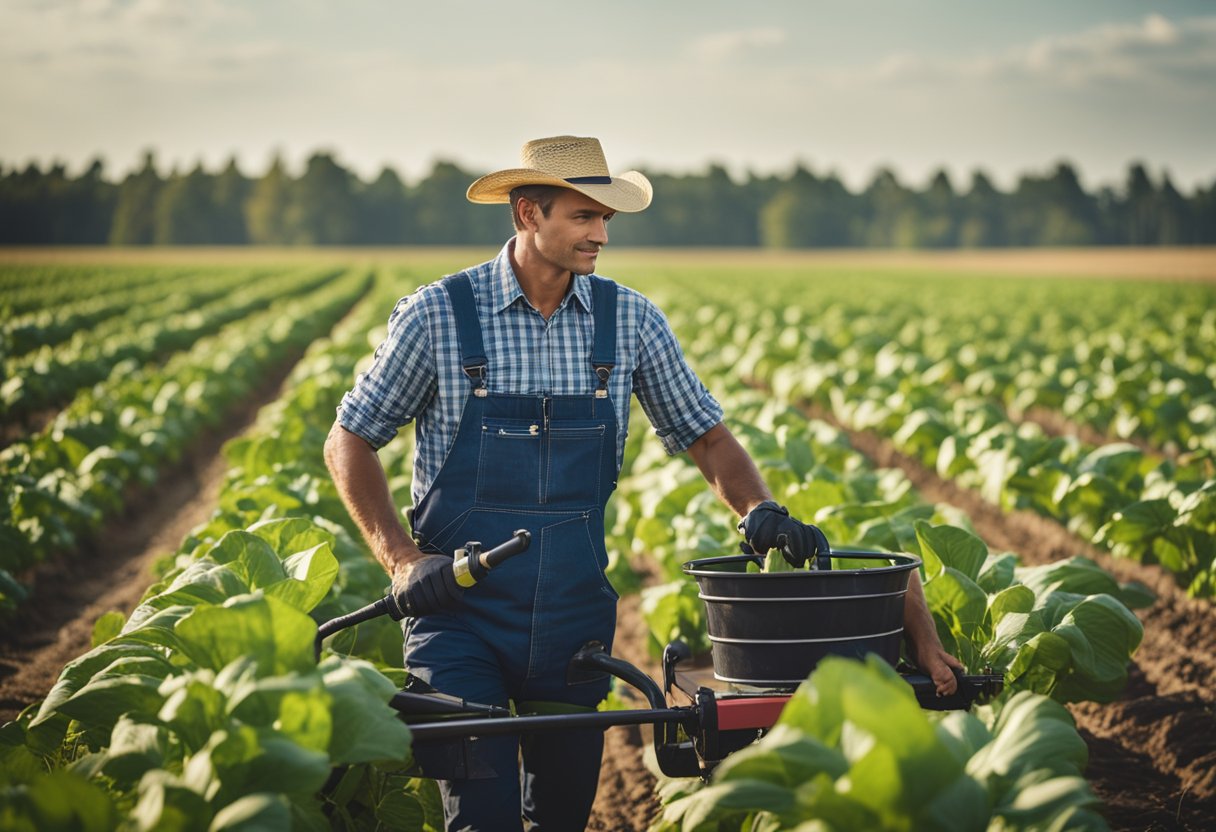
The Second Agricultural Revolution and Its Impact on Farming Productivity
The Europe that took place between the 16th and early 19th centuries. During this time, there were numerous changes and innovations that transformed the way food was produced and consumed. The Agricultural Revolution was characterized by a number of factors that drove the changes, including technological advancements, increased labor productivity, and better land use practices.
Historical Context:
The Industrial Revolution began in Great Britain in the 18th century, and this had a significant impact on agriculture. The development of new machines, such as the seed drill and the threshing machine, allowed farmers to work more efficiently and produce more food. Additionally, the growth of urban centers created a demand for food that could not be met by traditional farming methods.
Technological Advancements:
One of the key factors driving the Agricultural Revolution was the development of new technologies. The seed drill, invented by Jethro Tull in 1701, allowed farmers to plant seeds in straight rows, which increased the efficiency of planting. The threshing machine, invented by Andrew Meikle in 1786, allowed farmers to separate grain from the chaff more quickly and efficiently. These innovations, along with others, helped farmers increase their productivity and produce more food.
Key Takeaways
- The Second Agricultural Revolution was a period of significant agricultural development in Europe that took place between the 16th and early 19th centuries.
- The Agricultural Revolution was characterized by a number of factors that drove the changes, including technological advancements, increased labor productivity, and better land use practices.
- The development of new machines, such as the seed drill and the threshing machine, allowed farmers to work more efficiently and produce more food.
Historical Context

Agricultural Revolution was a period of significant agricultural development that took place in Great Britain between the middle of the 17th and the end of the 19th centuries. It was a time of unprecedented change in the way food was produced and consumed, and it saw an unprecedented increase in productivity and crop yields. This period of industrialization and technological advancement introduced many new farming techniques and practices that transformed the way farmers worked and the way food was grown.
Medieval Farming Origins
Pre-Revolution Agriculture
By the 17th century, farming in Great Britain had become more organized and commercialized, with many farmers growing crops for export to other countries. However, the agricultural practices of the time were still relatively primitive, and crop yields were often low. Many farmers relied on traditional methods of farming, such as using oxen to plow fields and sowing crops by hand.
Despite these limitations, there were some early signs of change in the agricultural sector. For example, in the 16th century, farmers began experimenting with new crops, such as potatoes and maize, which were brought over from the Americas. These crops proved to be highly successful and helped to increase food production in Great Britain.
In conclusion, the Second Agricultural Revolution was a period of significant change in the way food was produced and consumed in Great Britain. It was a time of great innovation and technological advancement, which helped to transform the agricultural sector and increase food production.
Technological Advancements
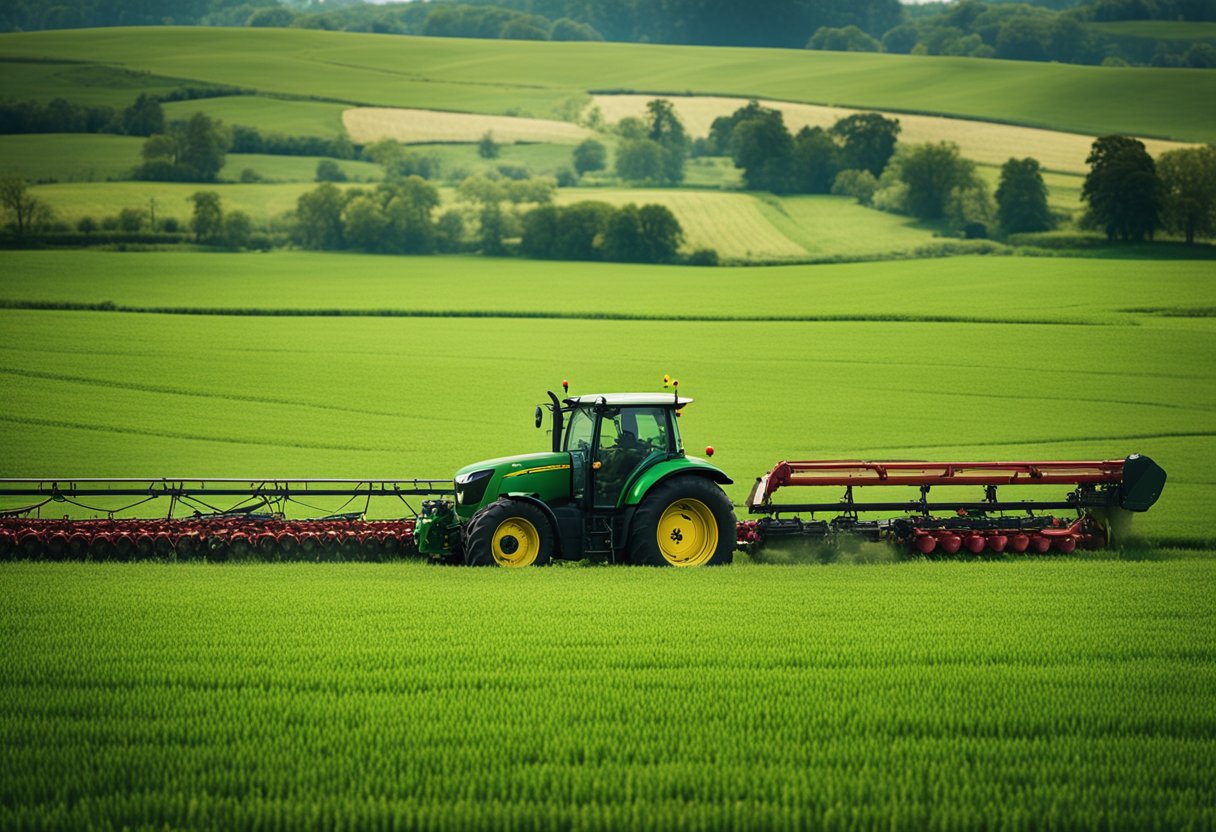
Agricultural Revolution brought significant technological advancements that revolutionized farming practices. These advancements led to increased productivity and efficiency in farming, which contributed to the growth of modern farming practices.
Innovations in Farming Equipment
One of the key innovations was the development of new farming equipment. The introduction of innovative equipment, such as the plow and the reaper, helped farmers to increase their productivity and efficiency. The plow was used to till the soil, while the reaper was used to harvest crops. Other innovations in farming equipment included the cultivator, the seed drill, and the threshing machine.
Seed Drills and Crop Rotation
Another significant innovation was the seed drill, which allowed farmers to plant crops in a more efficient and organized manner. The seed drill was invented by Jethro Tull in 1701 and allowed farmers to plant crops in straight rows, which made it easier to cultivate and harvest crops. Crop rotation was also introduced during the Second Agricultural Revolution, which involved planting different crops in different fields each year to improve soil fertility and reduce the risk of disease.
Overall, the technological advancements of the Second Agricultural Revolution played a significant role in shaping modern farming practices. These advancements helped to increase productivity and efficiency in farming, which led to improved food production and distribution.
Socioeconomic Impacts
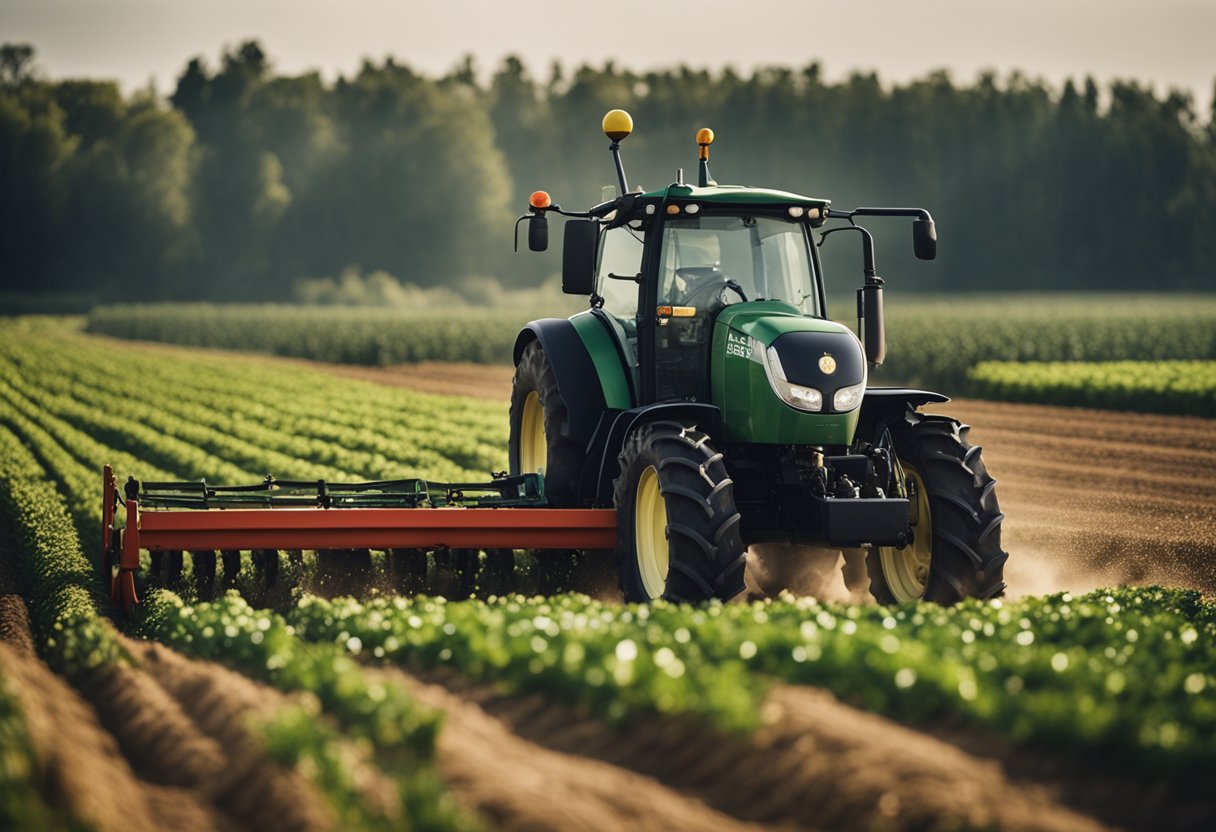
Agricultural Revolution had significant socioeconomic impacts, particularly in Great Britain where it originated. This section will discuss two of the most important impacts of the revolution: the shift from subsistence to commercial farming and rural to urban migration.
Shift from Subsistence to Commercial Farming
Before the Second Agricultural Revolution, most farming was subsistence farming, meaning that farmers grew only enough food to feed themselves and their families. However, with the introduction of new farming techniques and technologies, farmers were able to produce more food than they needed. This led to the development of commercial farming, where farmers grew crops not just for their own consumption, but also to sell to others.
Commercial farming had a number of important impacts. First, it led to increased productivity and efficiency, as farmers were able to specialize in growing specific crops and use machines to help with planting and harvesting. Second, it allowed farmers to earn more money, which in turn led to increased economic growth and development. Finally, it led to the development of new markets for agricultural products, which helped to spur further economic growth.
Rural to Urban Migration
Agricultural Revolution also had a significant impact on migration patterns. As commercial farming became more widespread, many farmers found that they could no longer make a living on their small plots of land. This led to a wave of rural to urban migration, as farmers and their families moved to cities in search of work.
Urbanization had a number of important impacts. First, it led to the development of new industries and economic opportunities, as farmers brought their skills and knowledge to the cities. Second, it led to increased cultural exchange and diversity, as people from different regions and backgrounds came together in the cities. Finally, it led to the development of new social and political movements, as urban workers began to organize and demand better working conditions and wages.
Overall, the Second Agricultural Revolution had far-reaching impacts on society and the economy. It transformed the way that people lived and worked, and helped to pave the way for further industrial and technological advancements in the years to come.
Farming Practices
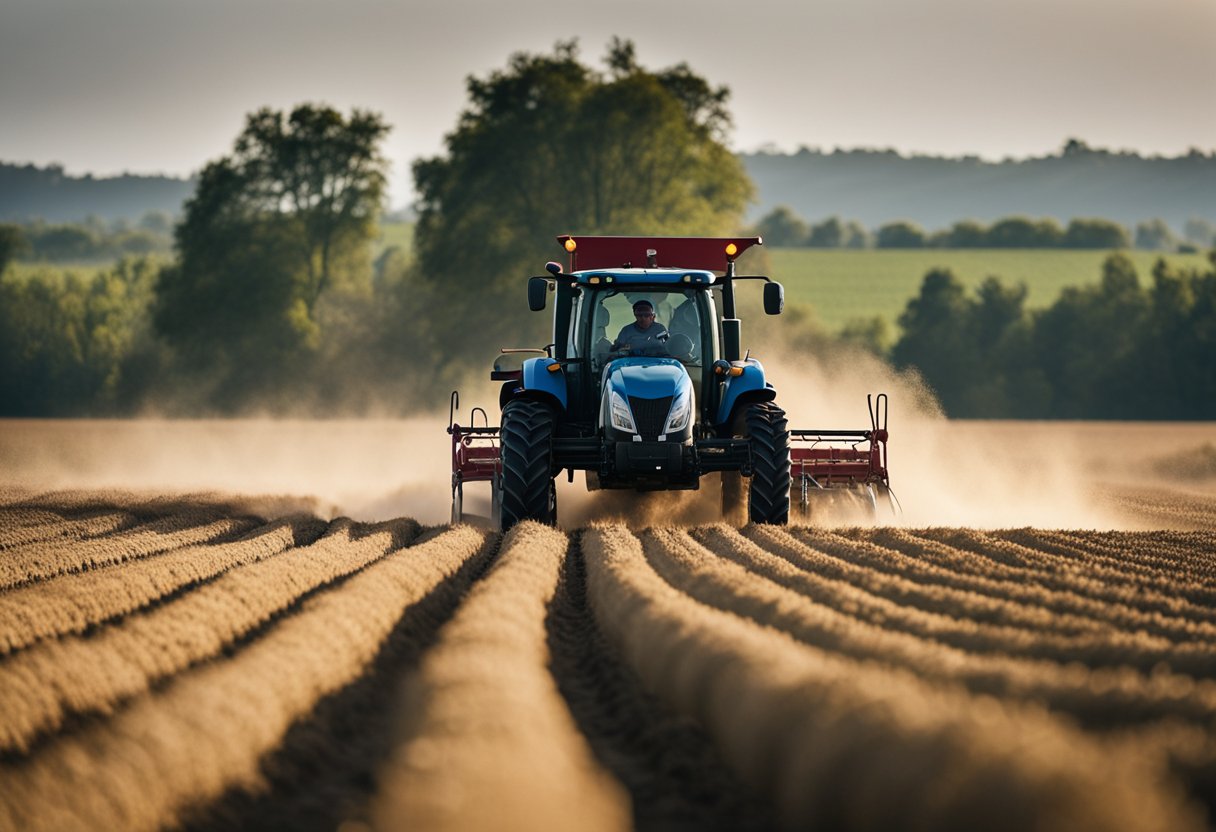
Agricultural Revolution brought significant changes to farming practices. These changes can be seen in the shift from subsistence farming to commercial farming. This shift was made possible by the introduction of new farming technologies and practices.
Intensive and Extensive Farming
One of the most significant changes in farming practices was the shift from extensive farming to intensive farming. Extensive farming involves the use of large tracts of land to produce crops, while intensive farming involves the use of smaller plots of land to produce higher yields. Intensive farming involves the use of fertilizers, pesticides, and other chemicals to increase crop yields.
Crop Diversification and Specialization
Another significant change in farming practices was the shift from crop diversification to crop specialization. Crop diversification involves growing a variety of crops on a farm, while crop specialization involves growing a single crop on a farm. The Second Agricultural Revolution saw the rise of crop specialization, which allowed farmers to focus on growing crops that were in high demand.
In addition to crop specialization, the Second Agricultural Revolution also saw the introduction of new crops. For example, the potato was introduced to Europe from South America and quickly became a staple crop. The introduction of new crops allowed farmers to diversify their crops and reduce their dependence on a single crop.
Overall, the Second Agricultural Revolution brought significant changes to farming practices. These changes allowed farmers to produce more food and increase their profits. However, these changes also had negative effects on the environment and led to the depletion of soil nutrients.
Environmental Considerations
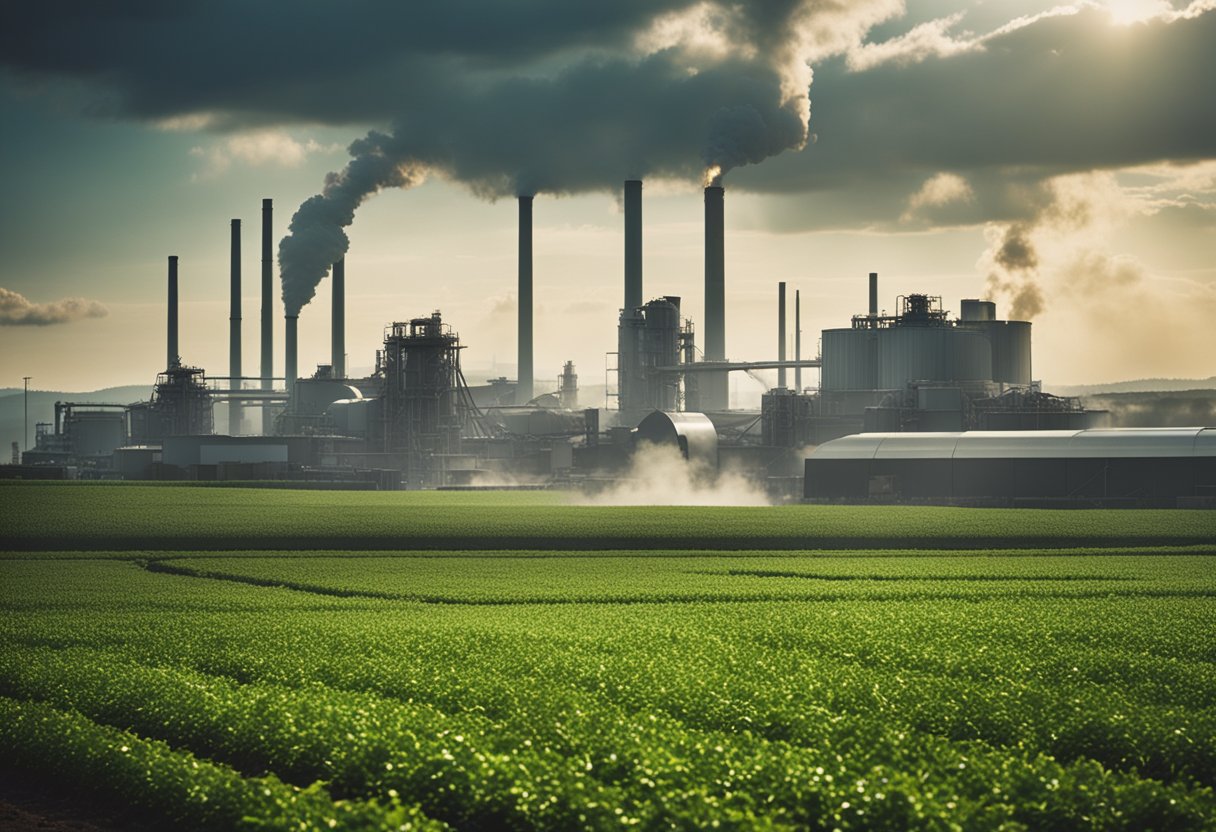
Agricultural Revolution brought about significant changes in the way farming was done, and these changes had far-reaching environmental impacts. This section will explore the environmental considerations of the Second Agricultural Revolution.
Impact on Land and Resources
One of the major impacts of the Second Agricultural Revolution was the increased use of land and resources for farming. The introduction of new technologies and techniques allowed farmers to cultivate more land and produce more food than ever before. However, this increased productivity came at a cost. The intensive use of land and resources led to soil degradation, erosion, and depletion of natural resources such as water and nutrients. This, in turn, led to a decline in soil fertility and productivity over time, which required farmers to use even more resources to maintain their yields.
Advent of Sustainable and Natural Farming
With the growing awareness of the environmental impacts of farming, a new movement emerged that sought to promote sustainable and natural farming practices. This movement emphasized the use of organic and natural methods of farming that focused on building healthy soil, conserving water, and minimizing the use of synthetic inputs such as fertilizers and pesticides.
Sustainable farming practices are designed to promote the long-term health of the soil, which in turn supports healthy crops and a healthy ecosystem. These practices include crop rotation, cover cropping, composting, and the use of natural pest control methods such as crop diversity and predator insects.
Natural farming takes this a step further by emphasizing the use of natural inputs such as animal manure, compost, and other organic matter to fertilize crops and build healthy soil. This approach is based on the idea that healthy soil is the foundation of a healthy ecosystem, and that by promoting soil health, farmers can produce healthy crops and support a healthy environment.
In conclusion, the Second Agricultural Revolution had a significant impact on the environment, but it also paved the way for the development of sustainable and natural farming practices that are designed to promote the long-term health of the soil and the environment. By adopting these practices, farmers can produce healthy crops while also supporting a healthy ecosystem.
Economic Models
Cooperative and Collective Farming
One of the most significant economic models that emerged during the Second Agricultural Revolution was cooperative and collective farming. This model involved groups of farmers coming together to pool their resources and work together to produce crops and livestock. By working together, these farmers were able to achieve economies of scale and increase their efficiency, which helped to boost their profits.
Cooperative and collective farming also helped to address some of the challenges faced by individual farmers, such as the high cost of equipment and the difficulty of accessing credit. By working together, these farmers were able to share the costs of equipment and obtain credit more easily, which helped to make farming more accessible to a wider range of people.
Agriculture as a Business
Another economic model that emerged during the Second Agricultural Revolution was agriculture as a business. This model involved farmers treating their farms as businesses, rather than simply as a means of subsistence. By adopting this approach, farmers were able to focus on maximizing their profits and increasing their efficiency, which helped to drive the growth of the agricultural sector.
Agriculture as a business also helped to drive innovation in farming practices. Farmers who treated their farms as businesses were more likely to experiment with new techniques and technologies, as they were motivated by the potential for increased profits. This helped to drive the development of new farming practices, such as crop rotation and the use of fertilizers.
Overall, the emergence of new economic models during the Second Agricultural Revolution helped to transform the way farming was done. By focusing on profit and efficiency, these models helped to drive the growth of the agricultural sector and increase the productivity of individual farmers.
Modern Innovations

Agricultural Revolution marked a period of intense innovation in the agricultural industry, and the trend has continued into the modern era. Today, farmers are using a variety of cutting-edge technologies to increase efficiency and productivity.
Precision Agriculture and Smart Farming
One of the most significant developments in modern agriculture is the use of precision agriculture and smart farming techniques. These methods rely on sensors, drones, and other technologies to collect data on soil moisture, temperature, and other factors that can affect crop growth. Farmers can then use this data to make informed decisions about irrigation, fertilization, and other aspects of crop management.
Smart farming is also helping farmers to reduce waste by providing real-time data on crop health and yield. This information can be used to optimize harvesting and minimize spoilage. In addition, precision agriculture techniques can help farmers to reduce their environmental impact by minimizing the use of pesticides and other chemicals.
The Role of Agribusiness Media
Another important trend in modern agriculture is the growing influence of agribusiness media. Platforms like This Week in Agribusiness provide farmers with up-to-date information on the latest trends and technologies in the industry. This information can help farmers to stay competitive and make informed decisions about their operations.
Agribusiness media can also help to promote sustainable farming practices by highlighting success stories and best practices. By sharing information about innovative techniques and technologies, these platforms can help to drive progress in the industry and promote a more sustainable future for agriculture.
Overall, modern innovations in agriculture are helping farmers to increase efficiency, reduce waste, and minimize their environmental impact. By adopting cutting-edge technologies and staying up-to-date on the latest trends, farmers can continue to drive progress in the industry and meet the growing demand for food and other agricultural products.
Frequently Asked Questions
What were the key technological advancements during the Second Agricultural Revolution?
Agricultural Revolution was characterized by several technological advancements that transformed the way food was produced and consumed. One of the key innovations was the development of new tools and machinery such as the seed drill, which allowed farmers to plant crops more efficiently. Other technological advancements included the use of iron plows, the development of crop rotation techniques, and the selective breeding of livestock. These innovations helped increase agricultural productivity and efficiency, leading to a significant increase in crop yields.
How did the Second Agricultural Revolution impact agricultural productivity?
Agricultural Revolution had a profound impact on agricultural productivity. The introduction of new tools and machinery, coupled with the development of new farming techniques, helped increase crop yields and improve efficiency. As a result, farmers were able to produce more food with less labor, which led to a significant increase in agricultural productivity. This increase in productivity allowed for more food to be produced at a lower cost, which helped to feed a growing population.
In what ways did the Second Agricultural Revolution alter rural society and economy?
Agricultural Revolution had a significant impact on rural society and the economy. The increased productivity of agriculture led to a surplus of food, which allowed for the growth of towns and cities. This led to the development of new industries, such as manufacturing and textile production, which helped to fuel the Industrial Revolution. The Second Agricultural Revolution also led to a shift in the rural economy, as many farmers began to specialize in the production of cash crops rather than subsistence farming.
What is the relationship between the Second Agricultural Revolution and the Industrial Revolution?
Agricultural Revolution played a crucial role in the development of the Industrial Revolution. The increased productivity of agriculture led to a surplus of food, which allowed for the growth of towns and cities. This growth, in turn, led to the development of new industries, such as manufacturing and textile production, which helped to fuel the Industrial Revolution. The Second Agricultural Revolution also led to the development of new technologies and machinery, which were essential to the growth of industry.
How did the Second Agricultural Revolution contribute to urbanization?
Agricultural Revolution contributed to urbanization by increasing agricultural productivity and efficiency. This led to a surplus of food, which allowed for the growth of towns and cities.
The increased productivity of agriculture also led to a shift in the rural economy, as many farmers began to specialize in the production of cash crops rather than subsistence farming. This shift in the rural economy helped to fuel the growth of industry, which in turn led to further urbanization.
What role did the Second Agricultural Revolution play in the evolution of farming practices?
Agricultural Revolution played a crucial role in the evolution of farming practices. The introduction of new tools and machinery, coupled with the development of new farming techniques, helped increase agricultural productivity and efficiency. This led to a shift in farming practices, as many farmers began to specialize in the production of cash crops rather than subsistence farming.
Agricultural Revolution also led to the development of new technologies and machinery, which continue to play a crucial role in modern farming practices.
Leave a Reply